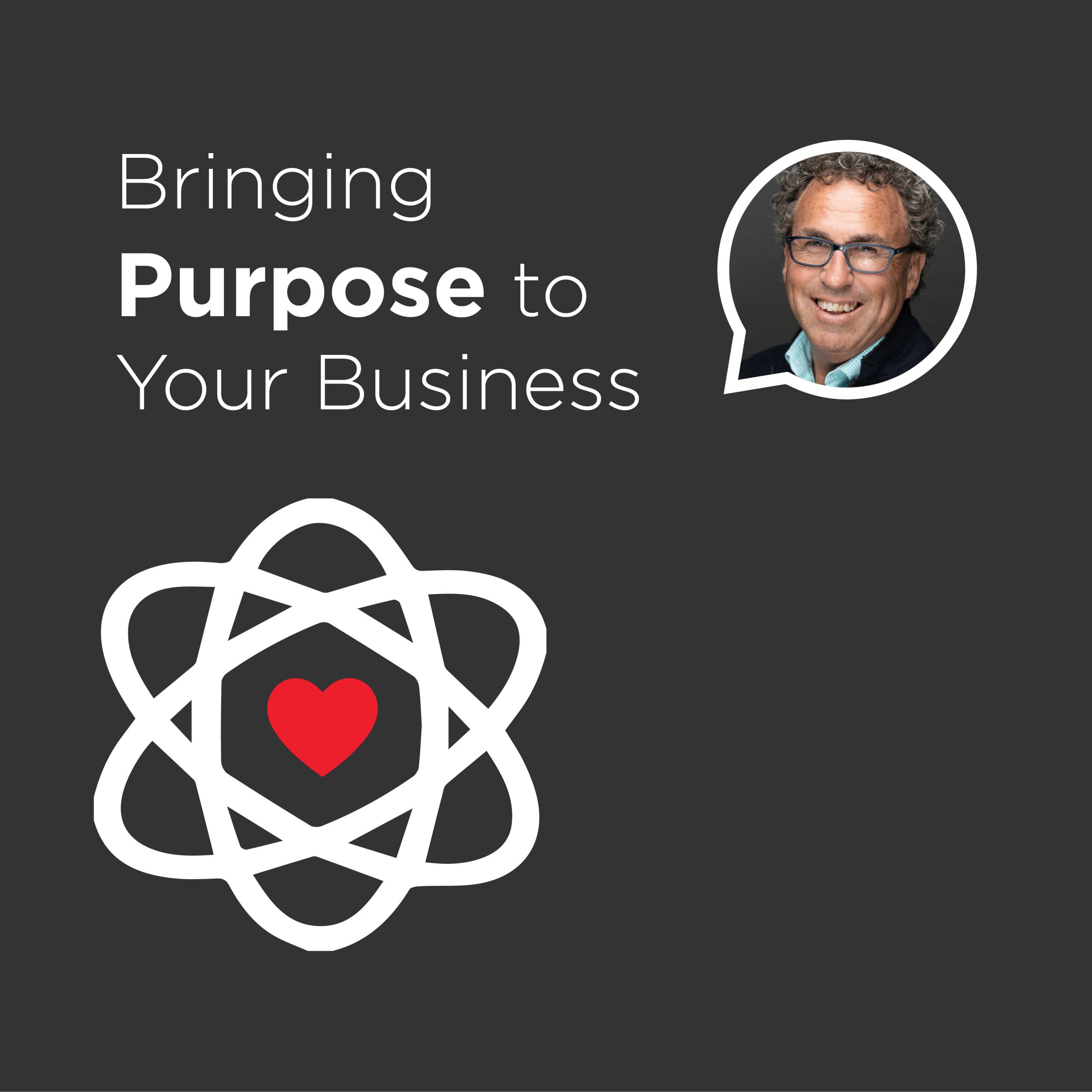Author: Glen McDermott
-
Gavin’s Friday Reads: Mismatch by Ronald Giphart and Mark van Vugt – Part 1
Mark van Vugt is an Evolutionary Psychologist. Evolutionary Psychology is the study of our evolution as a species and how that has determined how our brains function and our behavior. Ronald Giphart is a novelist.
-
Gavin’s Friday Reads: Punished by Rewards by Alfie Kohn
This book has been around for 25 years, challenging the old “carrot and stick” philosophy of how to motivate people. It’s still one of my favorites, and in my opinion deserves a read and a place on every manager’s shelf.
-
Dr Dolittle and Kermit: A Conscious Capitalism Rainbow Connection
One of my favorite song lines is from the original Dr. Dolittle movie. Matthew is singing to young Master Stubbins, and one of the lines goes: “I know that what the Doctor tells me isn’t all together true, but I love every tale he tells me. I don’t know of any better ones, do you?”
-
Gavin’s Friday Reads: How to Avoid a Climate Disaster by Bill Gates
This was the most shocking thing I read in this book. I had to stop and read it again. Crocodiles swimming north of the arctic circle. The vision of crocodiles comfortably swimming where polar bears still do now was a shock to me.
-
Gavin’s Friday Reads: Blueprint by Nicholas A. Christakis
Christakis is a sociologist at Yale and writes about how our genetic coding ensures the ways in which we tend towards social sameness. His argument is that our evolutionary success came about because we were predisposed to express particular qualities and behaviors in groups.
-

Bringing Purpose to Your Business
Purpose is more than a marketing tactic; it’s much more than a term thrown around at conferences. It is something that is so deeply embedded into our experience with a brand that it can drive individual and collective actions to create a better world. The feelings we get from being part of these interactions or…
-
Gavin’s Friday Reads: An Everyone Culture, by Robert Kagan & Lisa Laskow Lahey
Each of the companies has unique ways in which it goes about consciously and deliberately engendering the development of everyone who works there. Even the leaders are not exempt from the process they have set up.
-

Gavin’s Friday Reads: 25 Quotes from Books I’ve Read
In a nutshell, the central concept is, “give people control over their own tasks, and they will enjoy and do them well.” In my experience at Watson Inc[link to company page]. and now in my consulting work at Watson & Associates, this truth gets revealed again and again.
-
Gavin’s Friday Reads: Doughnut Economics By Kate Raworth
In a nutshell, the central concept is, “give people control over their own tasks, and they will enjoy and do them well.” In my experience at Watson Inc[link to company page]. and now in my consulting work at Watson & Associates, this truth gets revealed again and again.
-
Gavin’s Friday Reads: 7 1/2 Lessons About the Brain, Lisa Feldman Barrett
In a nutshell, the central concept is, “give people control over their own tasks, and they will enjoy and do them well.” In my experience at Watson Inc[link to company page]. and now in my consulting work at Watson & Associates, this truth gets revealed again and again.
